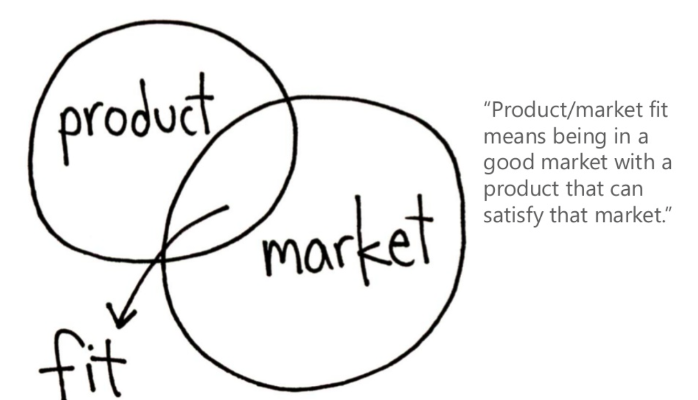Your IoT Product Will Fail (Unless You Read This)
Your IoT Product Will Fail (Unless You Read This)
- Last Updated: December 2, 2024
Hannah White
- Last Updated: December 2, 2024



Many things go into a successful IoT product other than just connecting it to the internet and deeming it “smart”. To make your IoT product really take off, you need a powerful brand identity, an enjoyable user experience, and product/market fit. You might see some success with only one or two of these, but without all three your long term growth will falter.
To make your IoT product really take off, you need a powerful brand identity, an enjoyable user experience, and product/market fit.
Brand Identity
Your brand identity is more than just a logo and color scheme, it’s how your customers perceive you. When you hear someone mention GoPro, you don’t think of their logo. Instead, you think about a sturdy camera for the adventurous, because GoPro has crafted a successful brand identity.
To have a successful brand identity, first you must decide on the story you want to tell your customers. Then, you must create consistent core artifacts that will tell your story for you.
Artifacts can come in many different forms. Subway, for example, has the staple smell of artificial fresh bread as one of their artifacts. Lyft distributed fuzzy pink mustaches to their drivers. Oscar Mayer created an annoying jingle for TV. Apple designed the staple white headphones that come with iPhones. All of these are examples of artifacts that contributed to their brand identities.
The swoosh didn’t make Nike, Nike made the swoosh.
— Jeremiah Gardner
The User Experience
The startup world has coined the term “minimum viable product” and never looked back. The methodology is to focus on the minimum viable features the customer wants to appeal to early adopters. While in theory, an MVP will get you to market faster, most MVPs are designed by engineers for engineers. This causes early adopters to become utterly frustrated, fumbling through a rough setup process to get their new “thing” connected, or even worse, the early adopters don’t even try and your product never leaves the shelf.
At Leverege, we believe in the minimum lovable product (MLP). The minimum loveable product is defined as the version of a new product that brings back the maximum amount of love from your early tribe members with the least effort.

Image Credit: Leverege
Above are two examples of IoT user interfaces. One is a great example of a minimum lovable product, while the other is an MVP designed by engineers for engineers. If you can’t tell which is which, you might want to hire someone who can.

Image credit: Y Combinator
It’s better to build something that a small amount of users love, than something that a large number of users like, according to Sam Altman of Y Combinator. With an MVP, people can “use” a product, but they won’t tell their friends about it. With an MLP, you have a product that people will use and it will get them talking. There’s a direct correlation between user experience and loyalty. Happy customers are always more likely to tell their friends.
My honest advice for producing an MLP? Hire the best designer or firm you can afford.
Design is not just what it looks and feels like. Design is how it works.
— Steve Jobs
Product/Market Fit
You can have a sleek product with a strong brand identity, but if no one wants to buy it then what’s the point? Consumer IoT goods are commonly luxury items, not necessities, which creates an additional obstacle to your sales strategy. Not only are you convincing your costumer to try a new product, you must convince them to try a new product they currently live without. Uber had to convince customers that on demand taxis were better than hailing a cab, something much more difficult than Lyft convincing Uber customers they could do it better.

Image Credit: Sachin Rekhi
According to Marc Andreessen, startups that are before product market fit (BPMF) should be doing everything they possibly can to reach PMF, including changing out people, reworking the product, moving into a different market, telling customers no when you don’t want to, telling customers yes when you don’t want to, raising a fourth round — whatever is required. If you don’t have product-market fit before you try to scale, you are setting yourself up for failure.
There are different ways to test product/market fit. Some wait until they have a product connected to the internet to begin testing with customers. At Leverege, our customers can use device simulation to discover the value proposition of their services while the hardware details are still being worked out, ensuring they hit the ground running when they go to market.
Just remember, first to market seldom matters. It’s first to product/market fit that becomes the real winner, according to Andy Rechleff. With a powerful brand identity and user experience already established, the moment you find product/market fit you’ll be well on your way to success.

The Most Comprehensive IoT Newsletter for Enterprises
Showcasing the highest-quality content, resources, news, and insights from the world of the Internet of Things. Subscribe to remain informed and up-to-date.
New Podcast Episode

The State of Smart Buildings
Related Articles


